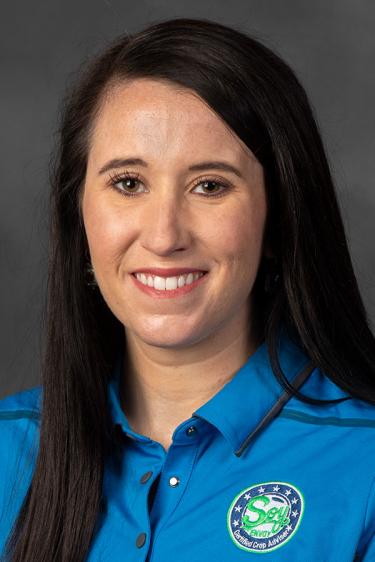ILSOYADVISOR POST
Applying Foliar Fungicide on Soybeans
Many soybeans across the state of Illinois approached the R1 to R3 stage in early August and many growers questioned whether to apply a fungicide. In general, a fungicide application is recommended when the cost of applying the product is outweighed by the yield advantage it provides.
As in many other years, the foliar application recommendations on soybeans change based on environment, field disease history, planting date, variety susceptibility to disease, and the list could go on and on. As a standard recommendation, an R3 application of fungicide will typically give the grower the most return on the investment. However, when we dive into what impact disease has on soybeans, why not look at a dual application of foliar fungicide in specific scenarios outside of a high-yield contest?
In my experience of working from northern to central Illinois, the disease pressure, as well as types of disease, is incredibly varied. Using a two-application approach on White Mold, Septoria Brown Spot, and Frogeye Leaf Spot has worked very well for me. Using a Triazole or Strobilurin fungicide based on what disease you are combating at R1 is an easy and affordable add-in to a post herbicide pass.
Research shows that White Mold can best be prevented with an R1 application of fungicide, but what about other diseases? With the wide range of research on the yield impact of both Septoria Brown Spot and Frogeye Leaf Spot, why not try a fungicide application at R1 with a plan to come back with another pass at R3 since both diseases are good responders to a fungicide application?
To make this two-pass fungicide program work, we need to start with a crop that either has a history of disease or disease present—for this example, we can use Frogeye Leaf Spot. Apply your planned post herbicide pass and add in the recommended reduced rate of Triazole fungicide to a portion of the field. Plan on coming back across the entire area with the R3 recommended rate of fungicide and compare the results both visually by measuring the size and number of lesions, as well as by weighing test strips. Although the yield advantages have varied, it has been very rare that the applications have not paid for themselves. Keep in mind when measuring soybean trials for yield advantages that it is best to weigh strips rather than trusting your yield monitor to pick up a 1-3 bushel difference. This same procedure would be my recommendation on a high-yielding soybean challenge as well.





Comments
Add new comment